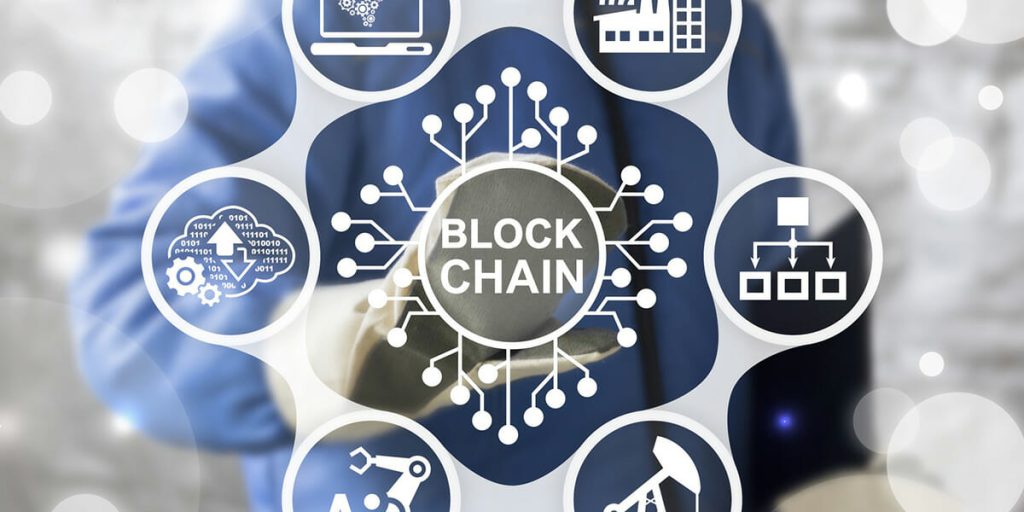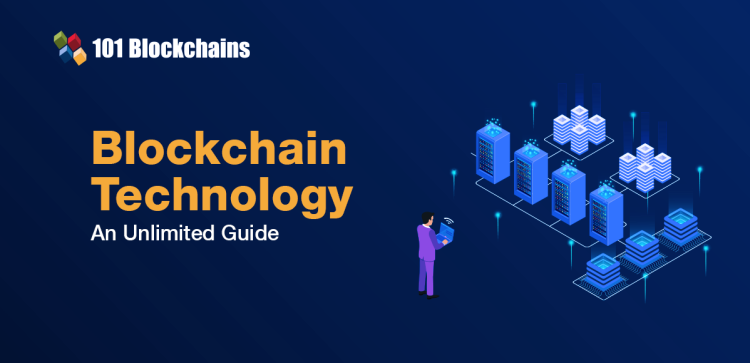Introduction
When Bitcoin emerged in 2009, few could have predicted that the underlying technology—blockchain—would evolve into one of the most promising innovations of the 21st century. Initially associated with speculative trading and digital currencies, blockchain has matured into a transformative force across industries. Its core features—decentralization, transparency, immutability, and security—make it an ideal foundation for rethinking how information is stored, verified, and exchanged.
This article explores how blockchain has expanded beyond cryptocurrency into global industries including finance, supply chain, healthcare, energy, and government services. It also highlights the challenges that must be overcome for blockchain to reach its full potential and concludes with an outlook on its future trajectory.
Part I: Blockchain in Finance
1.1 Decentralized Finance (DeFi)
Finance remains the most mature area of blockchain application. DeFi platforms allow users to lend, borrow, and trade without intermediaries. By using smart contracts on public blockchains like Ethereum, transactions can be executed automatically and transparently.
DeFi has unlocked opportunities for financial inclusion, particularly in regions with limited access to banking services. However, it also introduces risks such as smart contract vulnerabilities, liquidity concerns, and lack of regulatory oversight.
1.2 Cross-Border Payments
Traditional cross-border transfers are slow and expensive due to intermediaries and legacy infrastructure. Blockchain enables near-instant international payments with reduced fees. Ripple, Stellar, and various CBDC initiatives demonstrate how blockchain can reshape global remittances.
1.3 Asset Tokenization
Blockchain allows physical and financial assets—such as real estate, commodities, or stocks—to be represented as digital tokens. This fractionalizes ownership, increases liquidity, and democratizes investment opportunities.
Part II: Blockchain in Supply Chain Management
2.1 Transparency and Traceability
Global supply chains are complex and prone to inefficiency, fraud, and lack of visibility. Blockchain provides immutable records of transactions and product movements, enhancing trust and reducing counterfeiting. For example, IBM Food Trust uses blockchain to trace agricultural products from farm to table, ensuring safety and quality.
2.2 Logistics Optimization
By recording shipments, customs checks, and delivery milestones on blockchain, companies reduce paperwork, minimize delays, and improve accountability. Maersk’s TradeLens project is a notable example, streamlining international shipping operations.
Part III: Blockchain in Healthcare
3.1 Secure Medical Records
Healthcare systems struggle with fragmented and insecure patient data. Blockchain enables unified, tamper-proof medical records accessible across providers, ensuring privacy while improving treatment outcomes.
3.2 Drug Verification
Counterfeit drugs are a global concern. Blockchain can track pharmaceuticals throughout the supply chain, from manufacturer to pharmacy, ensuring authenticity and reducing health risks.
3.3 Research and Clinical Trials
Blockchain enhances transparency in medical research by timestamping data, ensuring integrity, and preventing manipulation of clinical trial results.

Part IV: Blockchain in Energy
4.1 Peer-to-Peer Energy Trading
Blockchain facilitates decentralized energy markets where households with solar panels can trade excess power with neighbors. Platforms like Power Ledger are pioneering this shift, increasing efficiency and promoting renewable energy adoption.
4.2 Carbon Credits and Sustainability
Blockchain provides transparent registries for carbon credits, enabling accurate tracking, preventing double-counting, and encouraging companies to meet sustainability goals.
Part V: Blockchain in Government and Public Services
5.1 Digital Identity
Millions lack official identification, limiting access to financial and social services. Blockchain-based digital IDs offer secure, portable solutions, empowering individuals and reducing identity fraud.
5.2 Voting Systems
Blockchain voting platforms promise greater transparency and security in elections by making records tamper-proof and publicly verifiable. Although challenges remain, pilot projects in countries like Estonia and Switzerland highlight potential.
5.3 Land Registries
Corruption and inefficiency plague land ownership systems in many countries. Blockchain ensures transparent, immutable property records, protecting citizens’ rights and reducing disputes.
Part VI: Challenges and Limitations
6.1 Scalability and Energy Consumption
Public blockchains like Bitcoin and Ethereum face scalability issues and high energy use, raising concerns about sustainability. Efforts such as Ethereum’s shift to proof-of-stake aim to address these challenges.
6.2 Regulatory Uncertainty
Different jurisdictions approach blockchain regulation inconsistently, creating uncertainty for investors and businesses. Harmonized standards are needed to enable cross-border adoption.
6.3 Interoperability
Multiple blockchains often operate in silos, limiting integration. Efforts to create interoperable platforms are crucial for seamless adoption across industries.
6.4 Security Risks
While blockchain itself is secure, surrounding ecosystems—wallets, exchanges, and smart contracts—remain vulnerable to hacks and fraud.
Part VII: Future Outlook
Blockchain is evolving from an experimental technology into a core infrastructure for global industries. Over the next decade, its adoption will likely accelerate in three ways:
- Mainstream Institutional Integration: Financial institutions, healthcare providers, and governments will adopt blockchain as part of core operations.
- Hybrid Models: Private and public blockchains will coexist, balancing transparency with scalability and privacy needs.
- Convergence with Emerging Technologies: Blockchain will integrate with AI, IoT, and 5G, creating powerful synergies in automation, data management, and security.
Conclusion
Blockchain technology has already transcended its origins in cryptocurrency. By offering transparency, trust, and decentralization, it has proven valuable across finance, supply chains, healthcare, energy, and government services. Despite challenges related to scalability, regulation, and interoperability, blockchain is poised to become a foundational technology for the digital economy.
As industries embrace blockchain’s potential, the future promises not just efficiency and security but also a redefinition of how trust is built in the global economy.
















































